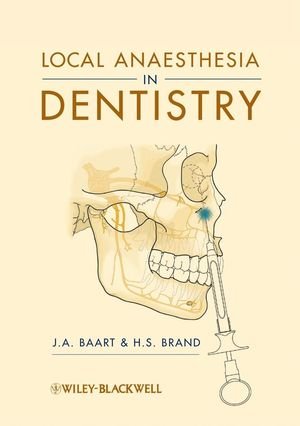Anesthesia Side Effects Dental

Understanding anesthesia side effects in a dental context is crucial for both patients and practitioners. Dental anesthesia is a common practice used to prevent pain during various procedures, ranging from routine fillings to more complex surgeries. However, like any medical intervention, it comes with potential side effects that can vary in severity and duration. This article aims to delve into the world of dental anesthesia, exploring its types, the common side effects associated with its use, and what patients can expect during and after their dental procedures.
Types of Dental Anesthesia
Before discussing side effects, it’s essential to understand the types of anesthesia used in dental practices. These can be broadly categorized into:
Local Anesthesia: This is the most common form, used to numb a specific area of the mouth where the procedure will be performed. Examples include lidocaine and novocaine. Local anesthesia can be further divided into infiltration anesthesia (injected into the tissue near the tooth) and nerve block anesthesia (injected near a nerve that supplies the tooth).
Conscious Sedation: This type of anesthesia helps the patient relax and feel more comfortable during the procedure. It can range from mild sedation, where the patient is awake but relaxed, to deep sedation, where the patient is on the edge of consciousness but can still be awakened.
General Anesthesia: Less commonly used in dental procedures, general anesthesia renders the patient completely unconscious. It’s typically reserved for complex surgeries or for patients with severe dental anxiety.
Common Side Effects of Dental Anesthesia
While dental anesthesia is considered safe, there are potential side effects to be aware of:
Numbness: The most common side effect of local anesthesia, numbness can last for several hours after the procedure. It’s essential to avoid eating, drinking, or biting the cheek or tongue until the numbness wears off.
Pain at the Injection Site: Some patients may experience pain or discomfort where the anesthesia was injected. This is usually mild and temporary.
Headaches: Conscious sedation can sometimes lead to headaches after the procedure.
Dizziness or Lightheadedness: This can occur due to both local and conscious sedation anesthesia. Patients are advised to have someone accompany them home and avoid driving or operating heavy machinery for a few hours.
Dry Mouth: Some types of anesthesia can cause a temporary reduction in saliva production, leading to dry mouth.
Infection: Though rare, as with any invasive procedure, there’s a small risk of infection at the site of injection.
Allergic Reactions: Extreme but possible, allergic reactions to the anesthetic can range from mild (such as rash or hives) to severe (anaphylaxis).
Minimizing Risks and Side Effects
To minimize the risks associated with dental anesthesia, it’s crucial for patients to:
Disclose Medical History: Inform your dentist about any medical conditions, medications, or allergies before undergoing anesthesia.
Follow Post-Procedure Instructions: Your dentist will provide specific instructions to follow after the procedure to ensure a smooth recovery.
Attend Follow-Up Appointments: If scheduled, follow-up appointments can help your dentist monitor your recovery and address any concerns.
Stay Hydrated: Drink plenty of water after the procedure, especially if you’ve undergone conscious sedation, to help your body recover.
Managing Anxiety About Anesthesia
For many, the prospect of receiving anesthesia can be daunting. Managing this anxiety is key to a successful and stress-free dental experience:
Open Communication: Talk to your dentist about your fears and concerns. They can explain the process in detail and address any misconceptions.
Sedation Dentistry: Consider opting for conscious sedation if anxiety is a significant issue.
Pre-Procedure Preparation: Sometimes, simple steps like having a friend or family member present or listening to calming music can help reduce anxiety levels.
Conclusion
Dental anesthesia is a safe and effective way to manage pain during dental procedures. While it does come with potential side effects, these are generally mild and temporary. By understanding the types of anesthesia, their common side effects, and how to minimize risks, patients can make informed decisions about their dental care. Open communication with your dentist is key to ensuring that your experience with dental anesthesia is as comfortable and stress-free as possible.
What are the most common side effects of local dental anesthesia?
+The most common side effects include numbness of the treated area, pain at the injection site, and in some cases, temporary difficulty speaking or swallowing clearly. These effects are usually temporary and resolve on their own within a few hours.
Can I drive after receiving conscious sedation for a dental procedure?
+No, it’s generally advised not to drive or operate heavy machinery for several hours after receiving conscious sedation. The effects of the sedation can impair your judgment and reaction times, making it unsafe to drive.
How can I minimize the risk of side effects from dental anesthesia?
+To minimize risks, ensure you disclose your full medical history, including any medications or allergies, to your dentist. Follow all post-procedure instructions carefully, and attend any scheduled follow-up appointments.


